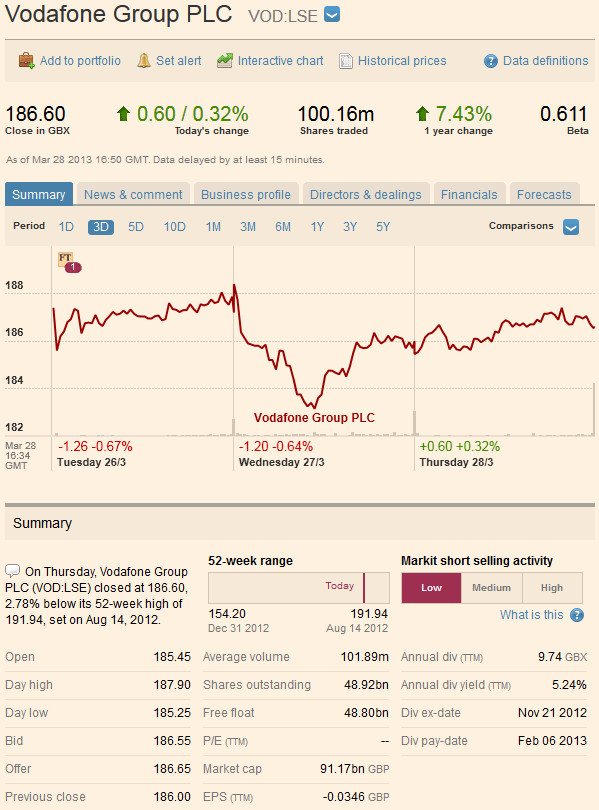Before you pick up the phone, or log on and buy shares, DO YOUR RESEARCH.
Sorry to shout.
But I would advise anyone buying shares to do a lot of research.
In this section:
In the era of the worldwide web, you would have thought the Financial Times and the City pages of the major broadsheets had been rendered redundant.
Yesterday's news today. Well, yes and no. The FT survives because it is the paper of record for the Square Mile. Reading Lex and Lombard will help you gauge the mood of the London investment community.
The FT reports in far greater depth than the websites and the wire services such as Reuters and often sets the agenda for days and weeks to come.
It is a great place to start building your knowledge base.
For starters, I would recommend you also buy the Telegraph and the Times.
They offer a more opinionated look at companies and markets and break some great stories, days and even weeks ahead of time.
For the ultimately accessible guide to what happened in the City, then the Mail is a great place to start.
Devour as much as you can until you get a feel for the market, the terminology, the ongoing stories.
The Investors Chronicle and Shares magazine give a more analytical assessment of the week's events inside and outside of the LSE.
But steer clear of the share tips. First, they are written by journalists (not analysts). If you want tips check out our Spread Betting Magazine which is written by competent traders and which editor is a hedge fund manager. Second, the prices will have moved long before you have chance to buy or sell the shares.
A company's annual report is a good source of information on what a business does, the people who run it and how the company has performed in the past year.
A number of websites, including FT.com, offer a free annual report service.
Founded in the coffee houses of the City of London in the late 17th Century, the LSE has evolved into Europe's most important share market and one of the largest in the world.
There are around 3,000 companies listed on the LSE worth in excess £3,500bn.
A total of 1,800 firms are quoted on what is called the Main Market, while 1,100 are listed on the Alternative Investment Market, or Aim, which was set up a decade ago for young expanding firms.
In the pages of the FT, Times and Telegraph lurk some of the most impenetrable but also most important sources of information.
I'm referring to the share listing pages.
Below is a cut out from the FT and we will aim to make sense of it.
 |
Confused? Don't worry, we'll reveal all.
From the far left is the company name.
Fairly straightforward so far.
On the dealing screens, abbreviations are used referred to as EPIC codes.
When searching on some of the website for research you may be asked to use the EPIC.
Next we have the notes column, which shows whether a free annual, or interim report available.
This is followed by the price field.
It quotes the mid price - the average of the bid and offer price.
The + and - denote how many pence the shares have either risen or fallen over the day.
The 52 week high/low column gives the year high and low of the closing share price.
Volume shows how many shares changed hands, measured in thousands.
Yield refers the dividend expressed as a percentage of the share price.
Company yields are intensely scrutinised by those seeking an income or looking for a value stock.
P/E refers to the price earnings ratio.
As we have already discussed the P/E is a way of measuring whether a company's shares are cheap or expensive.
It is usually expressed as a multiple of earnings per share.
Take a simple example of a company, Bigco, whose share price is £1, or 100p.
Last year it made earnings per share of 5p.
The calculation is simple - it is the share price divided by earnings. In the case of BigCo, its P/E is 20.
Or we can say it is valued at 20 times historic earnings.
We may find that that its rival Midco has a P/E of 18, which means the market thinks Bigco has better prospects.
As we said, P/Es vary from sector to sector.
The content of this site is copyright 2016 Financial Spread Betting Ltd. Please contact us if you wish to reproduce any of it.